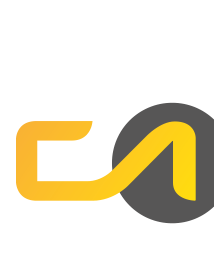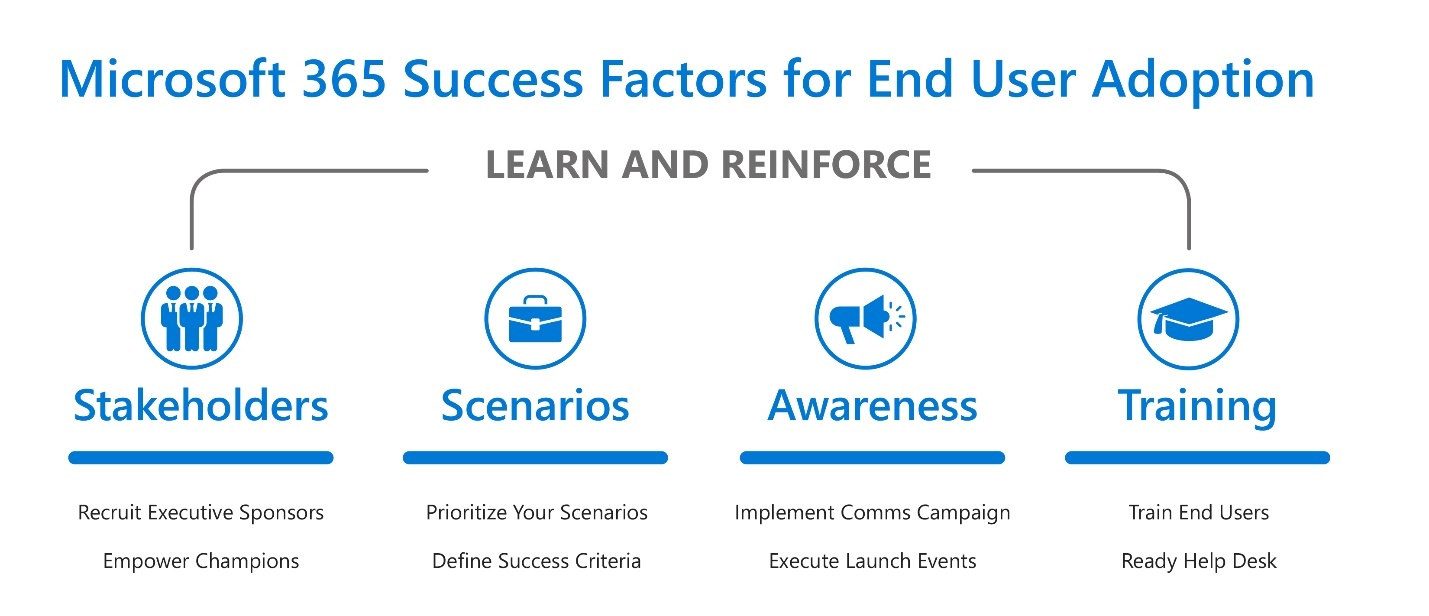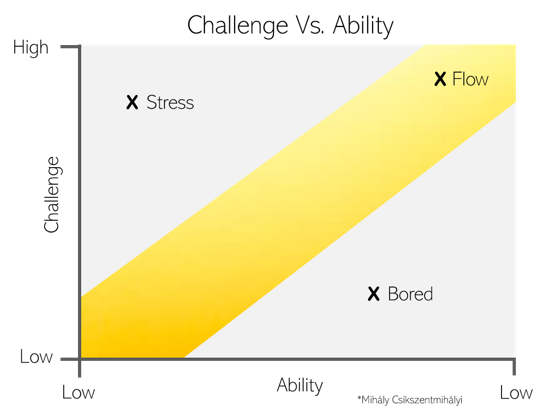
Driving the Adoption of Microsoft Technologies - The Secret of Effective Learning
How to Drive the Adoption of Office 365 with Effective Learning

In order to create effective, Microsoft focused learning for the people in your organisation that actually stays with them we need to understand how memory actually works, what the challenges are and in turn identify the key factors which help us all retain information and consign it to long term memory, creating new skills and knowledge.
The model below demonstrates the 4 types of memory:

We have evolved to deliberately forget information we don’t need, when you consider all the stimulus, we receive constantly from all our senses it makes sense to think that we discard this superfluous information almost as fast as we receive it.
Sensory memory lasts a matter of around 3 seconds and helps us deal with life in the moment
Short term memory enables us to complete tasks i.e. remembering a phone number to a restaurant but once dialled this information will very likely dissolve.
Working memory can last from minutes to days and enables you to complete or do certain tasks. A good example is parking your car, it is likely you will remember where you parked your car until you return and then this information is then discarded.
Long term memory is obviously where we store the things we remember for decades.
So clearly the question we need to answer: How do we take information from working memory and consign it to long term memory creating new and improved skills surrounding your Microsoft environment?
There are several key factors which need to occur or be considered when creating an effective Microsoft learning strategy which ensures the consigning of information to long term memory:
- Relevance – The greater the relevance to us of what we are learning, the greater the connection we can make between knowledge already stored and the new information we are required to store. This helps us create links and associations to the new information and helps us contextualise it and store it more readily. Furthermore, the greater the intellectual and emotional links we can make the more vivid and powerful the memory.
By this we mean that learning should be tailored to the individual or group of individuals so that they can immediately see the relevance and create the desired connections as they learn.
. Challenge – Empirical research demonstrates that the learning journey for each person needs to challenge them. It is vital to strike the appropriate balance for each user, delivering training which challenges, forcing them to think through what they are learning. However, if the content is too hard or complex the learner will become stressed and shut down. If the learner is not challenged enough, they will become bored and unengaged with the content and process of learning.
Flow represents the perfect balance of challenge and building upon the learner’s current ability, whatever level they’re starting from.

Utilisation – using what we learn is a core construct to combatting the forgetting curve. If we practise something, if we interact with the it and utilise it, we build greater connection and meaning to it and ultimately transition this knowledge to long term memory.
- Thinking - actively thinking about and reinforcing what we have learned, considering it from different angles and challenging yourself, significantly enhances retention. This particular element also enhances mastery over familiarity – often we mistake recognising something for truly understanding it, those who take the time to mentally consider what they have learned creates greater context, aiding in recall and understanding.
- Incremental - Building up our knowledge incrementally and allowing our brains to go through the processes of:
· Recognising relevance to us, creating connections between our lives and the learning content
· Being challenged enough but not too challenged
· Putting what we have learned into practice
· Thinking about what we have learned from different angles
For all of this to occur it stands to reason that the most effective method for learning and allowing our brains to process and commit new knowledge to long term memory is through smaller, incremental bite sized learning, as opposed to a massed knowledge dump.
- Reinforcement – reinforcement is paramount, accepting that forgetting is a natural part of learning means we need to provide a means for our people to revisit their learning and remind themselves to help reinforce the original knowledge transfer.

We are looking for
Change Manager -
UK
Job Title: Adoption and Change Manager
Location: United Kingdom
Job Type: Full-time
About Us:
We are a forward-thinking company dedicated to enhancing our digital presence and improving customer engagement through innovative solutions. We are looking for a dynamic and experienced Adoption and Change Manager to join our team and lead our change management initiatives.